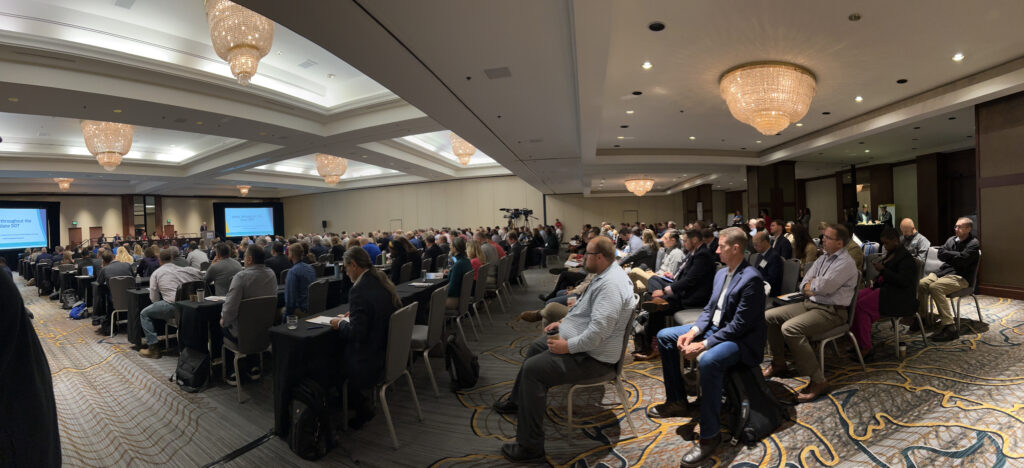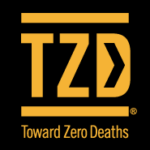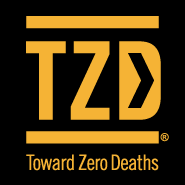
Faced with rising numbers of fatalities from traffic crashes, state departments of transportation (DOTs) have developed an action plan to reverse the trend. The AASHTO Safety Action Plan will be one of the outcomes of the AASHTO Safety Summit held in October in Kansas City, Missouri.
Following the Summit, the AASHTO board of directors unanimously passed a resolution during the 2023 Annual Meeting in Indianapolis to support the Safety Action Plan and further the organization’s and state DOTs’ commitment to address the national roadway safety crisis.
“Crash fatality and injury numbers are going the wrong way; they are going up – particularly for bicyclists and pedestrians,” Roger Millar, past AASHTO president (2023) and secretary of Washington State DOT, explained during a recent presentation to AASHTO staff. He described the Safety Summit as an opportunity to “undergo a complete reset where safety is concerned.”
The Summit, called Safety Throughout the DOT and Project Life Cycle, was held in conjunction with a Joint Meeting of the AASHTO Committee on Safety, Council on Active Transportation, and Committee on Planning.
AASHTO Safety Summit Objectives
The objective of the Summit was to identify opportunities to institutionalize leading highway safety principles into state DOT policies, processes, and activities, including:
- The goal of “Zero Deaths” and serious injuries on U.S. roadways;
- Explicit consideration of safety for all road users in decisions;
- Equity in road safety for all users;
- Proactive and forward-looking approaches to safety, including sharing the responsibility for safety across job functions and project development phases; and
- Developing both organizational and community-wide traffic safety culture.
Through interactive sessions, attendees provided input to an AASHTO Safety Action Plan that will disseminate noteworthy practices and prioritize development of tools and resources to support an evolution toward a more safety-focused transportation system.
The Summit also highlighted state examples from planning, design, construction, operations, and maintenance phases of projects, with common themes including consideration of all road users; incorporating principles of the safe system approach; performance management; data and analysis; and other common challenges and needs. A poster session highlighted existing resources and innovative thinking in safety across DOT disciplines.
Support of AASHTO Partners
The Summit was attended by 377 state DOT leaders, practitioners, and transportation professionals representing public, private, non-profit, and academic sectors. Representatives from several partner organizations also participated, including:
- American Association of Motor Vehicle Administrators (AAMVA)
- American Traffic Safety Services Association (ATSSA)
- Federal Highway Administration (FHWA)
- Governors Highway Safety Association (GHSA)
- League of American Bicyclists
- National Association of City Transportation Officials (NACTO)
- National Cooperative Highway Research Program (NCHRP)
- National Highway Traffic Safety Administration (NHTSA)
- North American Association of Transportation Safety and Health Officials (NAATSHO)
- Safe States Alliance
- Texas A&M Transportation Institute
- Transportation Research Board (TRB)
- The University of North Carolina at Chapel Hill Highway Safety Research Center
- U.S. Department of Transportation (USDOT)
The draft AASHTO Safety Action Plan will be reviewed by AASHTO committees in early 2024.
Read More About AASHTO’s Safety Summit in AASHTO Journal
AASHTO Safety Summit: ‘Shared Responsibility’ is Key
Mapping Out the DOT Role in Safety Culture

